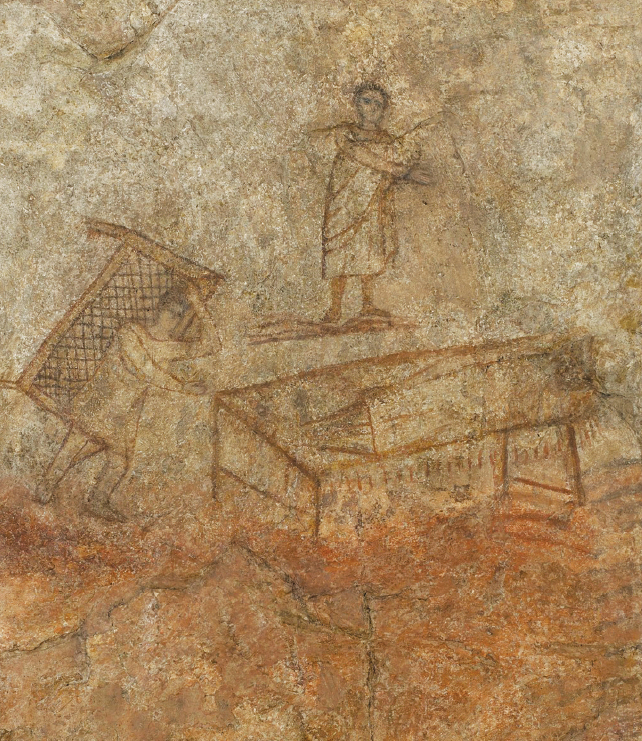Factors Behind the Rise of Christianity
The civil wars that destroyed the Roman Republic left their mark on Judaea, where Jewish leaders had taken sides in the conflict. The turmoil created a climate of violence throughout the area, and among the Jews movements in opposition to the Romans spread. Some of these groups, such as the Zealots, encouraged armed rebellion against Roman rule. Many Jews came to believe that a final struggle was near and that it would lead to the coming of a savior, or Messiah, a descendant of King David who would destroy the Roman legions and inaugurate a period of happiness and plenty for Jews. This apocalyptic belief was an old one among Jews, but by the first century C.E. it had become more widespread than ever.
The pagan world also played its part in the story of early Christianity. The term pagan, which originally referred to those who lived in the countryside, came to refer to those who practiced religions other than Judaism or Christianity. This included religions devoted to the traditional Roman gods of the hearth, home, and countryside. Known as syncretistic religions, these religions blended Roman and indigenous deities. The cult of the emperor spread through the erection of statues, temples, and monuments, and mystery religions offered the promise of life after death (see Chapter 5). Many people in the Roman Empire practiced all of these religions, combining them in whatever way seemed most beneficial or satisfying to them.
